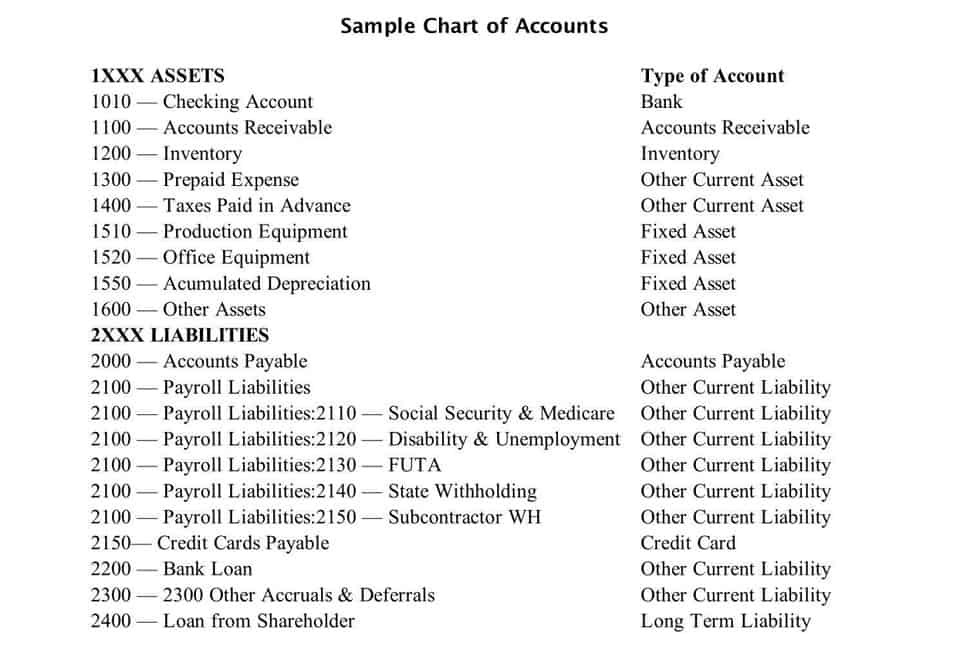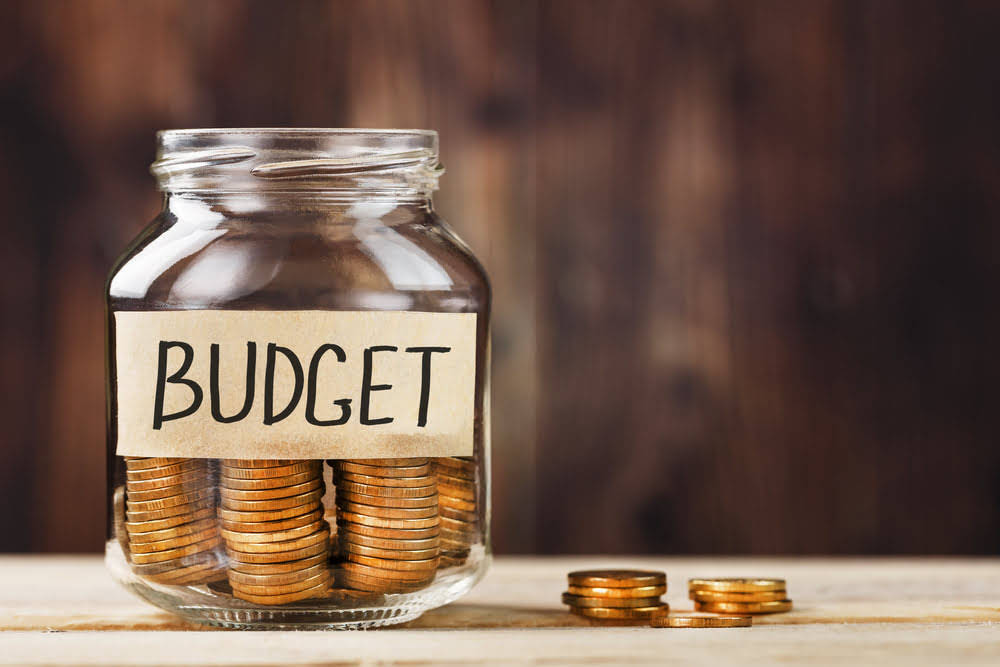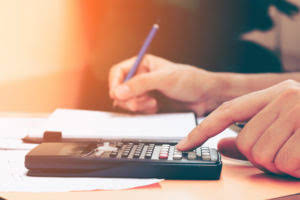
This simply lists the amount due to shareholders or officers of the company. On the other hand, long-term liabilities are long-term debts like interest and bonds, pension funds and deferred tax liability. When investors ask for a balance sheet, they want to make sure it’s accurate to the current time period. It’s important to keep accurate balance sheets regularly for this reason.
Current portion of long-term debt
- Proper interpretation of the balance sheet can help to plan future finances of businesses.
- Here’s an example to help you understand the information to include on your balance sheet.
- The products in a manufacturer’s inventory that are completed and are awaiting to be sold.
- Balance sheets are important for determining the financial health and position of your business at a certain point in time.
- For example, Accumulated Depreciation is a contra asset account, because its credit balance is contra to the debit balance for an asset account.
- This balance sheet example gives a clear view of a company’s financial position at a specific point in time.
They might explain how the company recognizes revenue or calculates write-offs. A liability is the opposite of an asset; it’s what is owed as opposed to owned. Liabilities are financial obligations that must be paid, which is why they’re usually negatives (-) in a balance sheet.
- Below liabilities on the balance sheet is equity, or the amount owed to the owners of the company.
- This typically creates a discrepancy between what is listed on the report and the true fair market value of the resources.
- If you are a limited company, you will need your accountant to format the report as part of your accounts to submit to Companies House.
- In these instances, the investor will have to make allowances and/or defer to the experts.
- Current assets are typically those that a company expects to convert easily into cash within a year.
- After almost a decade of experience in public accounting, he created MyAccountingCourse.com to help people learn accounting & finance, pass the CPA exam, and start their career.
What is a Balance Sheet? – Financial Statement Fundamentals
In order to get a complete understanding of the company, business owners and investors should review other financial statements, such as the income statement and cash flow statement. On the other hand, long-term liabilities have a repayment period beyond one year. Examples of What is bookkeeping long-term liabilities include long-term debt and pension obligations. Long-term debt refers to the money borrowed by the company that is due to be repaid beyond one year.
- As the credit balance increases, the book (or carrying) value of these assets decreases.
- Its liabilities (specifically, the long-term debt account) will also increase by $4,000, balancing the two sides of the equation.
- Liabilities may also include an obligation to provide goods or services in the future.
- This data makes the company look better or worse – either way, this does not give you the real information.
- Although it takes time and effort to create an accurate balance sheet from scratch, it is a vital report you as a business owner should have.
- Want to learn more about what’s behind the numbers on financial statements?
Ask Any Financial Question

Asset revaluation is needed as values often fall below the current amount. To avoid complexities, these values need to be noted in financial statements. All this helps to portray the real economic value of the company.
Who prepares balance sheets?
The amount the corporation received from issuing shares of stock is referred to as paid-in capital and as permanent capital. Land refers to the land used in the business, such as the land on which the production facilities, warehouses, and office buildings were (or will be) constructed. The cost of the land is recorded and reported separately from the cost of buildings since the cost of the land is not depreciated.

The Language of Business
A negative equity Law Firm Accounts Receivable Management value is generated when the liabilities exceed the amount of assets. This can occur due to consistent losses, excess dividend payments, or loans. Instead, its main goal is to record the tangible assets more closely. When a company goes through a merger and acquisition (M&A) scheme, its balance sheet changes significantly.
Most of her assets are sunk in equipment, rather than quick-to-cash assets. With this in mind, she might aim to grow her easily liquidated assets by keeping more cash on hand in the business checking account. Long-term assets (or non-current assets), on the other hand, are things you don’t plan to convert to cash within a year. Many different financial ratios can be calculated from the information on a balance sheet.

Balance Sheets Are Subject to Several Professional Judgment Areas That Could Impact the Report
For financial statement purposes, the cost of buildings and improvements will be depreciated over their useful lives. Financial statements issued between the end-of-the-year financial statements are referred to as interim financial statements. Accounting years which end on dates other than December 31 are known as fiscal years. Now that we have seen some sample balance sheets, we will describe each section of the balance sheet in detail. Now that you have an idea of how values are recorded in several accounts in a balance sheet, you can take a closer look with an example of how to read a balance sheet. In this article, we will discuss different scenarios to understand how values are reflected in the balance sheet accounts.
Current Liabilities

Like assets, liabilities can be classified as either current or noncurrent liabilities. Retained earnings, for example, represent the accumulated profits or losses of the company that have not been distributed to shareholders as dividends. This component of shareholders’ equity highlights the company’s ability to generate profits and reinvest them for future growth. The Debt-to-Equity Ratio measures the proportion of debt to equity, indicating how heavily a company balance sheet basics is financed through debt.
